
Cat Urine Crystals: What Every Cat-Owner Should Know
Cat urinary crystals, including struvite crystals and calcium oxalate crystals,
can be totally harmless or indicative of potential issues in your furry
friend.Learn the in's and out's of these crystals and other cat health
concerns with PrettyLitter
Keep Your Kitty
in Good Health

What Are Cat Urine Crystals?
Cat urine (struvite) crystals are microscopic minerals made of ammonium, phosphate, and magnesium. On their own, these three substances are harmless and completely normal to find in your pet’s urine. While small amounts of crystals may be normal, in high concentrations, they’ll bind together to form struvite crystals.
The real issues arise when they fuse with mucus from the urinary bladder to create a blockage or urinary obstruction. Alternatively, they may merge as larger and larger crystals forming bladder stones —this is where your careful care and vet attention become vital to your cat’s urinary health and safety.
How to Identify
Cat Urine Crystals?
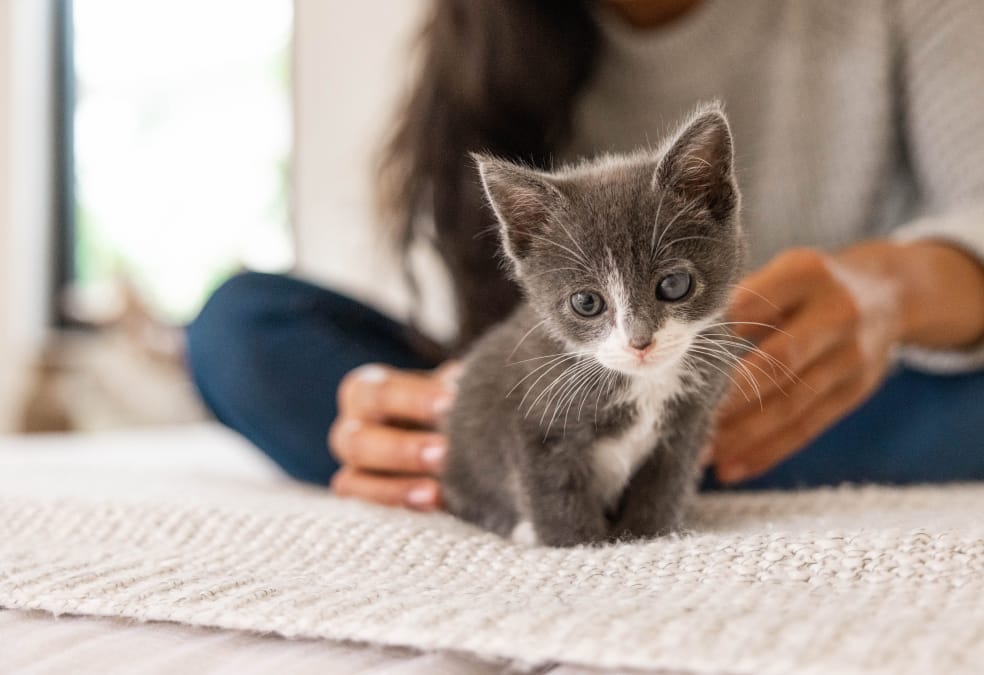
You know the meaning of your cat's every gesture and every look. But when it comes to telling you that something's wrong, cats may struggle to get the message across. That's why keeping an eye out for symptoms of cat urine crystals can help you listen to your cat's needs before emergency care is necessary. Monitoring your cat's litter box habits is a great place to start. Watching for signs of urinary blockage can help you identify crystal formation before it progresses to bladder stones or complete urinary obstruction requiring emergency veterinary intervention.
Signs of excessive crystal formation include:
The symptoms of cat urine crystals overlap significantly with the signs of lower urinary tract disease. Without more in-depth veterinary testing, it can be difficult, if not impossible, to differentiate between struvite urinary crystals, uroliths, and other urinary infections or issues. Bring your kitty to a doctor as soon as they exhibit these signs of cat urine crystals.
What Do Cat Urinary Crystals Look Like?
You cannot see cat urinary crystals with the naked eye. They are microscopic mineral formations that develop in the bladder and are passed through urine.
That said, you may notice some indirect signs at home:
- Sandy or gritty texture in the litter box: If your cat’s urine dries and leaves behind a fine, sand-like residue, it could indicate crystal formation.
- Pink or red discoloration: Blood in the urine can sometimes appear alongside crystals, leaving faint pink or rust-colored spots in the litter.
- Clumps that seem unusual: Urine spots that appear smaller, unusually hard, or irregular in texture may hint at underlying urinary changes.
Because crystals themselves are so tiny, what you are really spotting are the effects they have on your cat’s urine. The only way to know for sure is through a urinalysis performed by a veterinarian.
What Causes Urine
Crystals in a Cat?
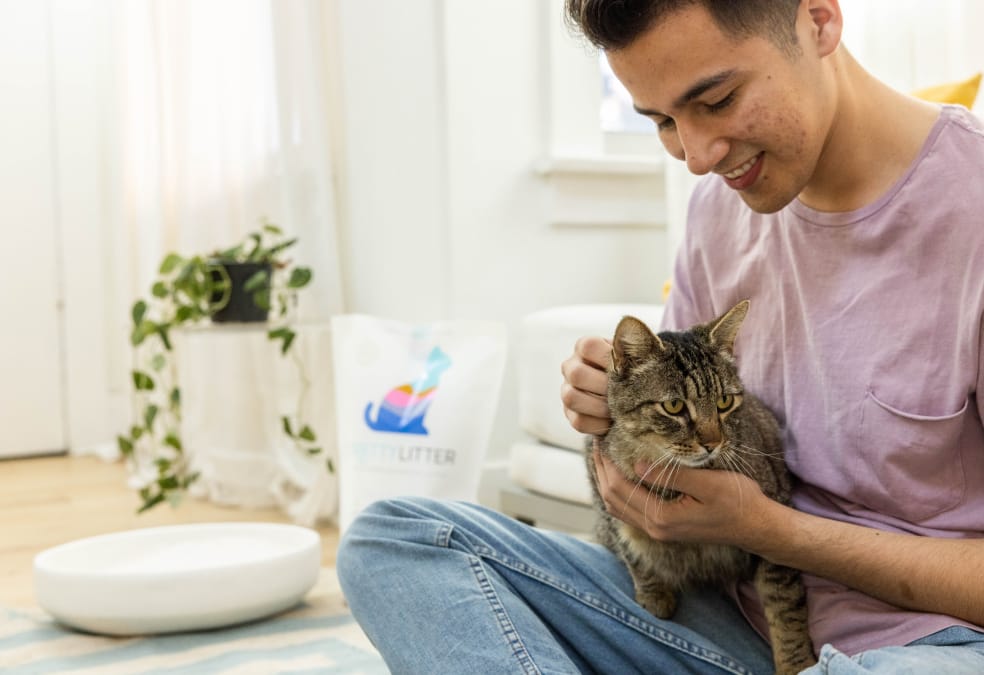
Senior cats and kittens alike can develop struvite stones and crystals—an unfortunate trait that has no age limit
Any pH-altering medical condition can cause crystals, such as cat kidney disease or a urinary tract infection. The infectious bacteria of a cat UTI produces urease, which alters the pH balance of their urine and can contribute to the crystal and stone formation in the bladder.
Additionally, dietary and metabolic factors can cause these tiny crystalline structures, including:
How to Prevent
Urine Crystals in Cats?
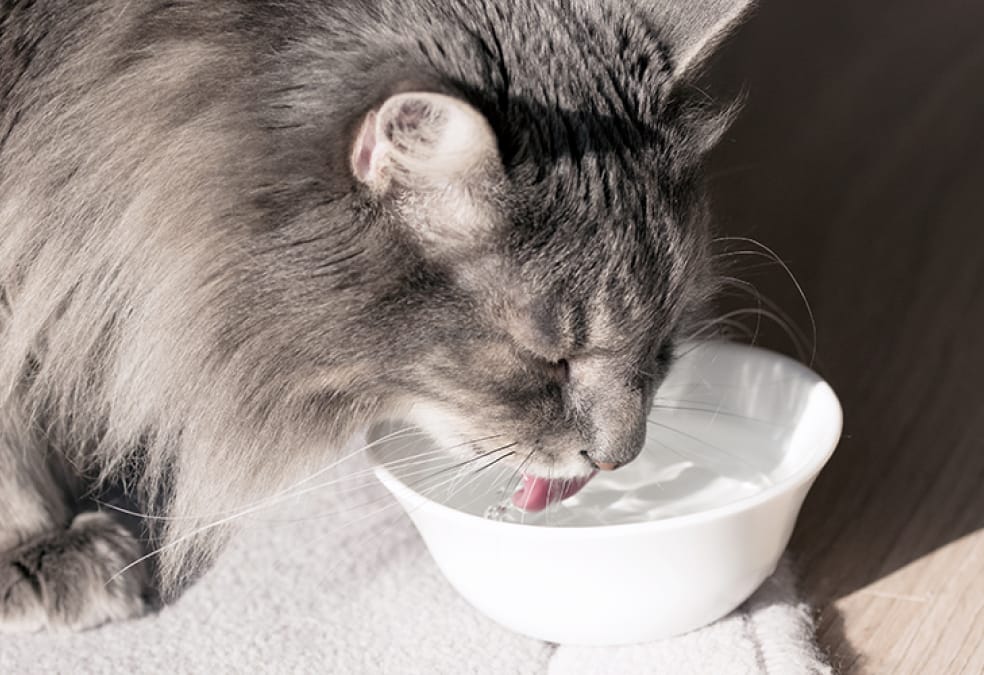
Proper hydration is key to preventing the formation of cat urine crystals. Diluted urine is less likely to accumulate the dangerous minerals that eventually form crystals—regardless of the urine's pH balance. Although you can't force your cat to drink, there are a few ways you can lead them to the water (so to speak):
- Maintain a Full, Clean Water Bowl
- Purchase a Pet Water Fountain
- Feed Your Feline a Balanced Diet of Wet Canned
- Cat food that Creates Properly pH-Balanced Urine
Check your cat's litter box regularly for signs of alkaline urine. Need an even clearer sign of alkaline urine? PrettyLitter turns blue in color when your cat's urine pH is alkaline.
Frequently Asked
Questions
Diet plays a big role in struvite crystal treatment. As mentioned, high levels of dietary calcium can lead to struvite stones and other cat health concerns. Feed your cat a balanced, healthy diet of canned or homemade food—wet canned food is preferable to dry because of its high water content. You can find specific dissolution diets—both wet and dry—on the market, or you can formulate your own wet, low-mineral meals.
Struvite dissolution diets only work when they're your cat's only source of pet nutrition—no supplementary food, no foraging for critters, and no bonus treats (sorry, kitty!).
- Encourage ample hydration with a pet fountain or by placing several water bowls throughout the house.
- Feed them a struvite dissolution diet of wet canned meals that encourage diluted, urine pH-balanced.
- Provide a quiet, stress-free area for your cat to urinate comfortably in.
If it takes much longer than that, you should check back in with your vet. It could be that the cat's urinary crystals are made of calcium oxalate rather than struvite stone, or that your feline is sneaking meals without your knowledge, which can ruin the efforts of their strict prescription diet.
- Cats around one or two years old, or middle-aged
- Female cats, because their urethra is wider than male cats, leaving them more prone to bladder infections
- Exclusively indoor cats because of their inactivity and increased weight
- Cats with inadequate water intake, or a dry cat food only diet
- Cats who eat a plant-based diet, which leads to higher alkalinity
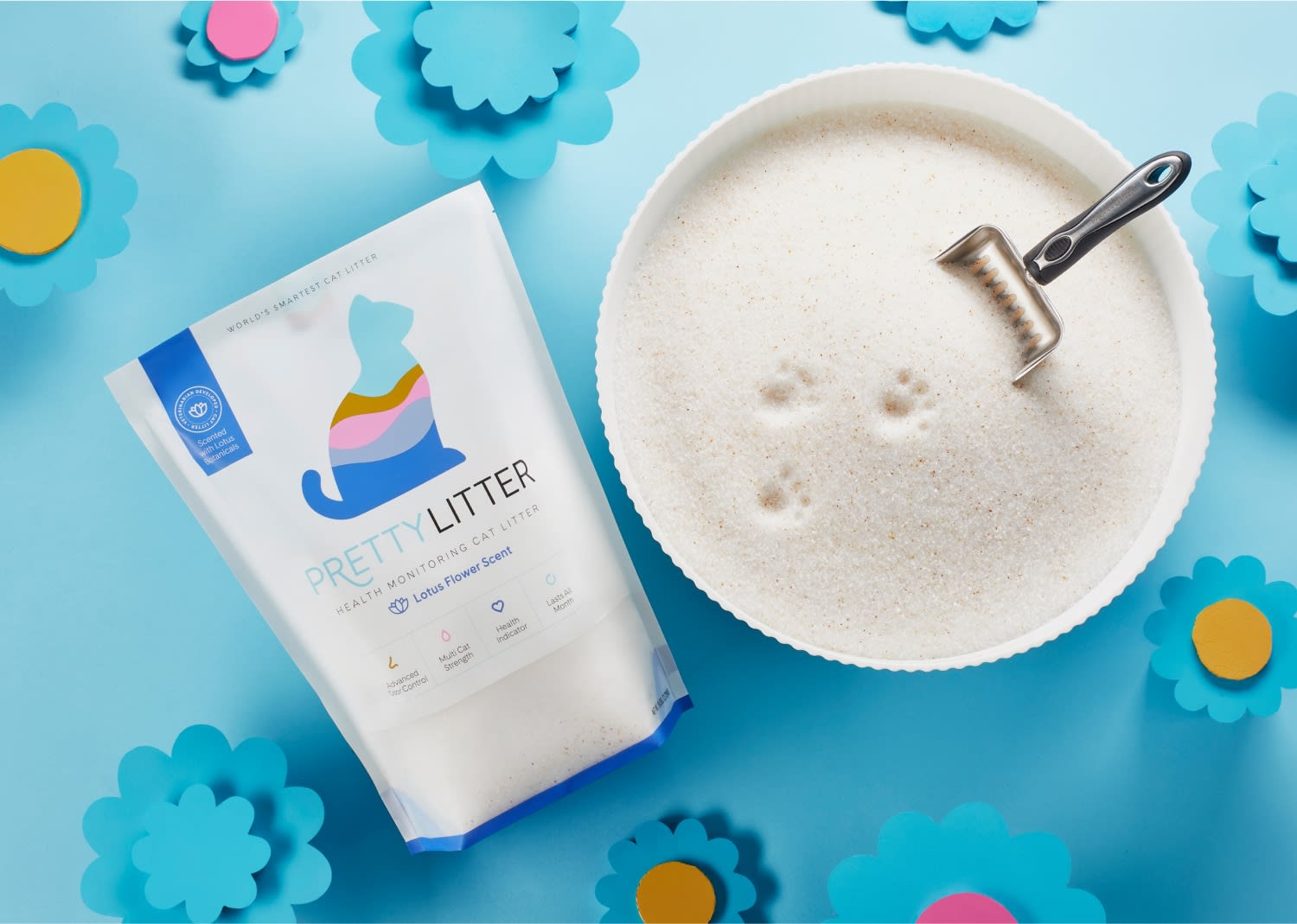
PrettyLitter Helps Make Urine Issues Crystal Clear
Without PrettyLitter, it can take way too long to discover your cat’s urinary issues. Struvite crystals are no exception. The litter’s color-changing technology can alert you to your cat’s serious health conditions. Even the best parents need a leg up – PrettyLitter can be yours.
Staying On Top Of Your
Cat’s Health
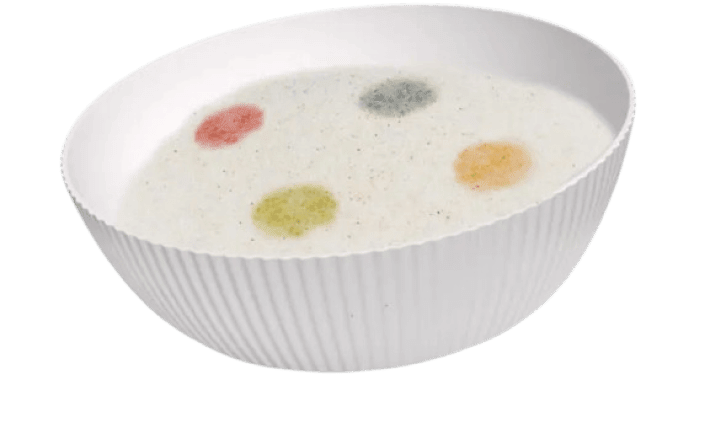
Red
Visible presence of blood, which may indicate Feline Lower Urinary Tract Disorder (FLUTD), bladder stones/crystals, kidney stones, bladder inflammation, certain types of kidney disease and clotting disorders.
Blue / Dark Green
Alkalinity outside of the average range may be present if your cat has certain types of urinary tract infections. Highly alkaline urine can increase the risk of struvite crystal/stone formation.
Typical
Dark yellow / olive green indicates urine within a typical, healthy range.
Orange
Acidity outside the average range, which may be a sign of metabolic acidosis or kidney tubular acidosis. Calcium oxalate crystals can be more likely to form in acidic urine.
Staying On Top Of Your
Cat’s Health

Click on a color see what it means
Typical
Dark yellow / olive green indicates urine within a typical, healthy range.
Blue / Dark Green
Alkalinity outside of the average range may be present if your cat has certain types of urinary tract infections. Highly alkaline urine can increase the risk of struvite crystal/stone formation.
Orange
Acidity outside the average range, which may be a sign of metabolic acidosis or kidney tubular acidosis. Calcium oxalate crystals can be more likely to form in acidic urine.
Red
Visible presence of blood, which may indicate Feline Lower Urinary Tract Disorder (FLUTD), bladder stones/crystals, kidney stones, bladder inflammation, certain types of kidney disease and clotting disorders.